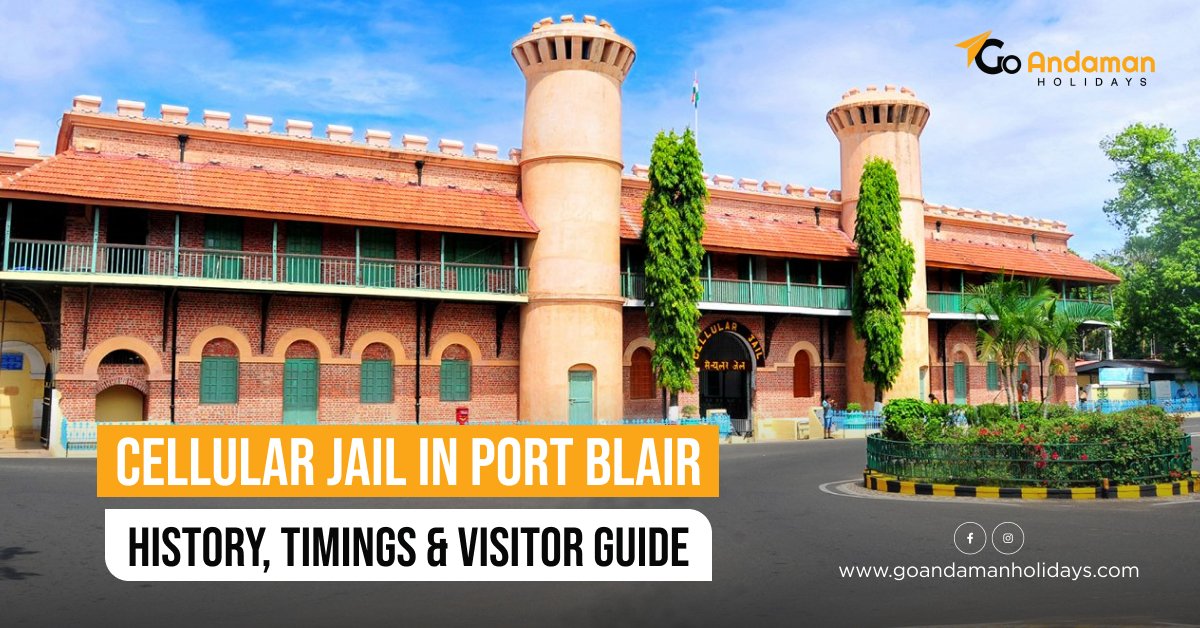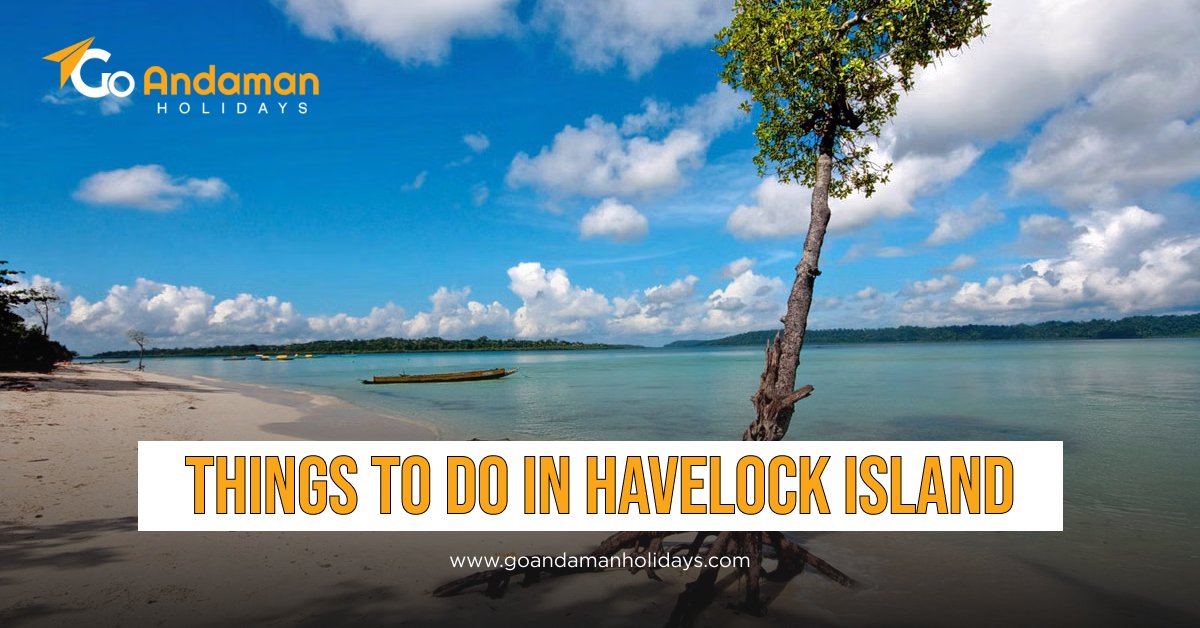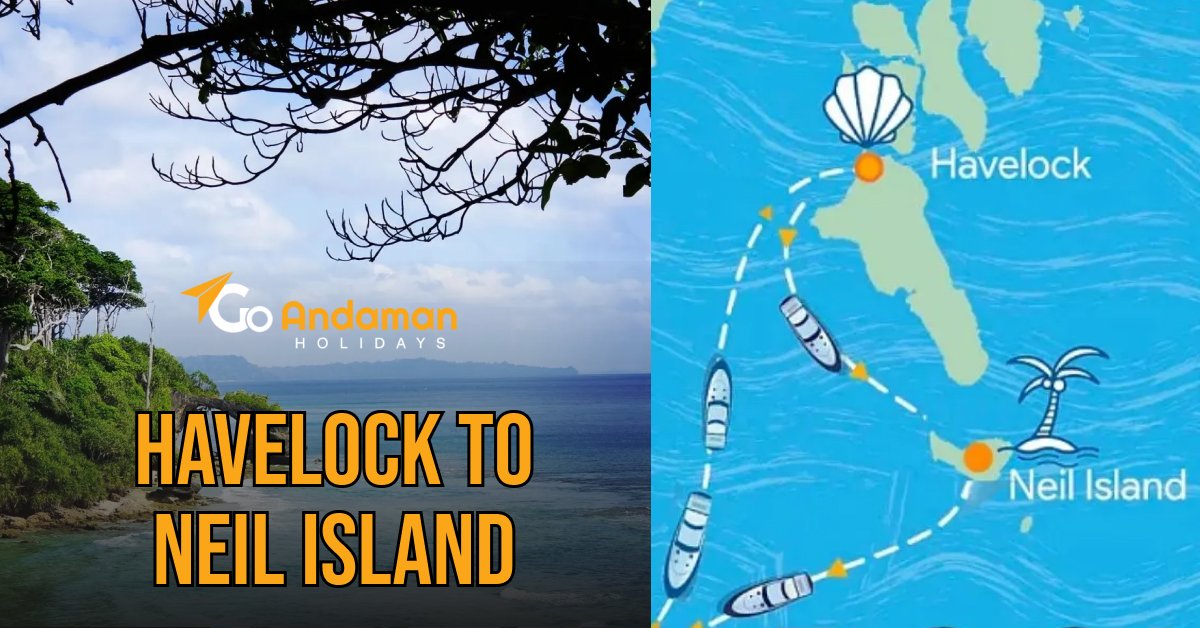
- Go Andaman Holidays
- 12-04-2023
- 0 Comments
Cellular Jail in Port Blair – History, Timings & Visitor Guide
A place hidden within the tropical splendor of the Andaman and Nicobar Islands evokes memories of a land that was once alive with the shouts of revolutionaries and the silence of agony-Cellular Jail at Port Blair. Now it stands gallantly under the sun shining without a shadow, barring a few stones and corridors. The stories are of pain, resistance, and an indomitable spirit that refused to bow down.
Well known as Kala Pani, this historic site is not yet another place to sightsee; it is a soul-stirring experience that lets you catch a glimpse of India's freedom struggle. Whether you are a history lover, one with patriotic sentiments, or an inquisitive traveler wanting to know all the stories of the past visit will transform you.
A Glimpse Into the Past: The Dark History of Cellular Jail

Picture this: You're thousands of kilometers away from the Indian mainland. You're surrounded by water. You're solitary in a cell, barely large enough to extend your arms. This was daily life for the hundreds of Indian freedom fighters who were incarcerated here by the British.
Constructed from 1896 to 1906, the Cellular Jail was never intended to be restored. It was intended to destroy. Co-designed with seven arms radiating from a central watchtower, it contained 693 solitary cells, each intended to place prisoners in absolute isolation. No window faces another. No talking. Only silence.
Here languished in misery icons such as Veer Savarkar, Batukeshwar Dutt, and several other undiscovered heroes who spent years of unimaginable suffering. The prison was given the nickname Kala Pani—a term that referred to the 'black water' that circled the island and a symbolic banishment from all they had ever known.
The Architecture That Was Built to Break the Spirit

The very design of the jail was a means of punishment. The guards from the central watchtower could see all the wings in 360 degrees. The cells were approximately 13.5 x 7.5 feet in size, with just a tiny ventilator way up there, no comfort, no light, and no connection to the outside.
There was no running water, little sanitation, and forced labor was prevalent. It wasn't physical suffering—it was psychological warfare. And yet, many of the prisoners utilized this isolation to write, think, and fortify their will.
What You'll See Today: From Torture Chamber to National Memorial
Declared a National Memorial in 1979, Cellular Jail has since transformed into a place of learning and remembrance. Only three of the original seven wings remain today, but they still carry the weight of what happened within them.
Inside, you’ll find:
-
The Freedom Fighters' Gallery showcases photographs and stories of inmates.
-
Replicas of the punishment tools, the gallows, and solitary cells.
-
Paintings and galleries that guide you through the history of India's struggle for freedom.
-
Rolls of martyrs, inscribed to remind us who gave us this freedom.
-
Treading these corridors is to tread through time, weighty, humility-inducing, and unforgettable.
Light and Sound Show: An Experience That Lingers

With the setting of the sun, the jail undergoes a new alchemy.
Right there in the courtyard, this Light and Sound Show pours your heart out. The lives of those imprisoned in personifications through dramatic light, narration, and sound-joyful and touching ones. The deepest of emotions were stirred in Om Puri's voice, from which the glistening tears were rolling down the eyes of many.
Both Hindi and English options are available, so regardless of where you're from, the stories will touch your heart.
Planning Your Visit: Timings and Entry Information
Here's what you should know if you're planning to visit:
-
Open Days: Every day of the week (closed on national holidays)
-
Time: 9:00 AM to 5:00 PM
Light and Sound Performance: Generally commencing by 6:00 PM, with timings that might change by a few minutes in contrast.
-
Entry Fee: ?30 per person
-
Camera Fee: ?200 for still photography
-
Show Ticket: ?150–200, depending upon language and seat
Tip: Book your Light & Sound Show tickets in advance, especially in the off-season (from October to March).
Best Time to Visit Cellular Jail in Port Blair

You can really visit any time during the year, but the best season is between October and March. The temperature is pleasant, dry, and suitable for a stroll. Avoid the heavy rainy months from June to September as sightseeing might be hampered along with the Light and Sound shows.
How to Reach the Jail

Easy to reach Cellular Jail:
-
It is just 10 minutes away from the Veer Savarkar International Airport (around 3 km distance).
-
From Port Blair, taxis, auto-rickshaws, and bicycles are in plenty for hire.
-
If coming from either of the two islands, first board the ferry from Havelock or Neil Island to Port Blair and then continue by road.
Nearby Gems You Shouldn't Miss
Don't just make one stop while you're in Port Blair. Here are a couple of attractions you shouldn't miss nearby:
-
Ross Island – The British colonial era ghost town
-
Corbyn's Cove Beach – A serene beach for relaxation
-
Samudrika Naval Museum – Great for understanding Andaman’s marine life
-
Anthropological Museum – A deep dive into the tribal cultures of the islands
These places give more layers to your understanding of the region, both past and present.
Tips to Make the Most of Your Visit
-
Arrive early to avoid crowds and long queues.
-
Wear comfortable shoes—there’s a lot of walking.
-
Carry water, sunscreen, and a hat or umbrella.
-
Be polite. This is a site of immense national importance.
-
Don't miss out on the Light and Sound Show—it's the heart of the experience.
Final Thoughts: Why Cellular Jail Must Be on Your Bucket List
A trip to Cellular Jail in Port Blair isn't about sightseeing. It's about emotion. It's about hearing silence and understanding the price paid for the freedom we so often take for granted.
This is not a tourist destination. It's a temple of sacrifice, a school of patriotism, and a page of history that every Indian and every inquiring traveler ought to experience.
If you're traveling to the Andamans, make this something more than another detour. Make it redefine what you consider courage and country.
Frequently Asked Questions(FAQs)
Which day is the Cellular Jail closed?
The Cellular Jail in Port Blair, Andaman, remains open daily every day. There are actually two visiting time slots available: the first possibility being from 9:00 a.m. to 12:30 p.m. and the second from 1:30 to 5:00 p.m. It is then closed on Mondays and national holidays.
Is Cellular Jail worth visiting?
The Cellular Jail is one of the important heritage sites that must be visited in Port Blair, Andaman Islands. The infamous colonial-era prison built by British rulers housed Indian freedom fighters under inhumane conditions. The light and sound show in the evening beautifully narrates its history and is genuinely moving.
What is the circular jail in Port Blair?
Between 1896 and 1906, the Cellular Jail was built in the Union Territory of Andaman and Nicobar Islands at Port Blair. The original Port Blair was established in 1789 by Archibald Blair of the British East India Company as a penal colony on Great Andaman, but the same stopped functioning by 1796.




